Know Your Lore: The story progression of classic WoW raids
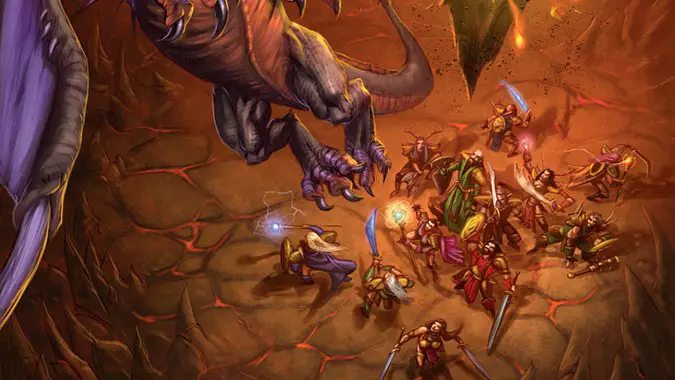
World of Warcraft was an entirely new game when it debuted in 2004 — it wasn’t the RTS title players were familiar with. Because of this, a lot of the lore from both the Alliance and the Horde was introductory. Classic WoW wasn’t necessarily about telling an ongoing narrative at launch. It was about establishing the setting and the characters. Before we could follow the tales of Azeroth, we needed to understand what Azeroth was all about.
This isn’t to say that classic WoW lacked for fascinating stories. Most zones and areas in the game had pretty interesting stories of their own. Some were continuations of events that Warcraft 3 players were already familiar with. And some were entirely new, fleshing out races that were introduced in Warcraft 3. In each case, the stories eventually wound together once players reached level 60. At max level, the story suddenly shifted into raids — and those raids were the first chapters in the saga of WoW, even if we didn’t quite know it at the time.
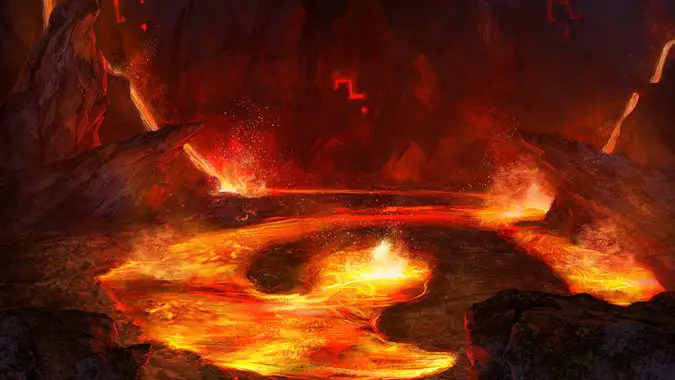
Onyxia’s Lair and Molten Core
Onyxia’s Lair required completing an attunement chain — one that told two very different tales for Alliance and Horde. For Alliance, it involved a sweeping, epic quest chain that revealed an impostor in Stormwind’s throne room. Lady Katrana Prestor was no lady at all — she was Onyxia herself, meddling with the kingdom right under everyone’s noses. It was a tale that took players into the depths of Blackrock to launch a heroic rescue… and later witness a heroic sacrifice. The Alliance’s story with Onyxia wasn’t just “dragons are bad” — it was personal.
For the Horde, the story took a different turn. Word reached Thrall that Onyxia used trickery and deception to disguise herself as a member of Stormwind’s royal court. Thrall knows that the Horde’s position with the Alliance is a tenuous one. Skirmishes and battles have broken out here and there, but Thrall doesn’t want that peace to descend into chaos. More importantly, Onyxia’s lair is situated on Kalimdor, relatively close to several Horde settlements and capital cities. For the safety of the Horde, she has to be taken out.
Beyond that, both factions were equally threatened by what lurked in Molten Core. There, Ragnaros the Firelord slumbered, while his elemental minions worked feverishly towards the day where he would at last awaken. And on that glorious day, factions would cease to matter — because the whole world would be engulfed in flame. Needless to say, neither Alliance nor Horde was terribly keen on the idea. Each side worked on ending the threat in their own way — but the reasons behind it were clear to both sides.
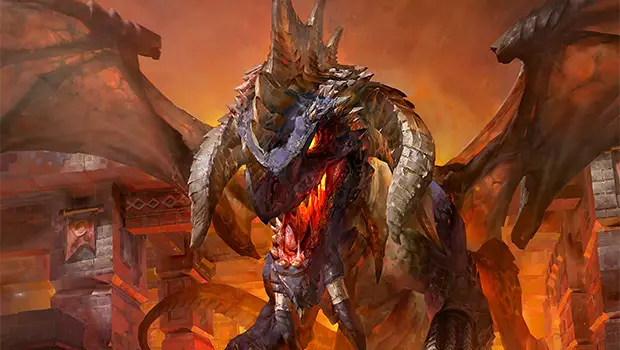
Blackwing Lair
The Molten Core wasn’t the only threat held in Blackrock Mountain. Ragnaros, his fire elementals, and the Dark Iron Dwarves he’d enslaved were at constant battle with the Dark Horde of Blackrock’s upper reaches. With Ragnaros removed, that left the upper half of the mountain free to do as they pleased. This was fine with Nefarian — Onyxia’s brother — who was spending his time performing twisted experiments with the blood of other dragonflights.
It wasn’t fine with the Alliance, since Blackrock Mountain was pretty much in the heart of Alliance territory. The Blackrock Orcs under Nefarian’s command were intent on terrorizing settlements in the Redridge Mountains. By clearing out Blackrock Mountain, the Alliance could re-establish their dominance in the area, and snuff out the Dark Horde. Peace would, in theory, be restored.
For the Horde, the presence of the Dark Horde was an affront, an insult. They called themselves the “true Horde” and didn’t recognize Thrall as Warchief. Led by Rend Blackhand, the Dark Horde continued to survive and thrive solely because of Nefarian’s protection. If Thrall had any hope for eventual peace with the Alliance and the rest of Azeroth, the impostors — and their protector — needed to be taken out.

Rise of the Blood God
In the jungles of Stranglethorn, a new enemy arose, one that was a threat to both Alliance and Horde. Years before, the Atal’ai priesthood — an influential group of Troll Priests — called forth the avatar of an ancient god. The priests were defeated and exiled from Stranglethorn by the rest of the Gurubashi, aided by the Zandalari. But their efforts to bring Hakkar the Soulflayer into this world did not abate. But they eventually discovered they couldn’t summon Hakkar in the temple they’d built for him in the Swamp of Sorrows. He had to be summoned in the ancient capital of the Gurubashi Empire — Zul’Gurub.
So they moved in, enslaving several High Priests of the Gurubashi to help them bring the Blood God back to life. These attempts caught the attention of the Zandalari Tribe. The Zandalari had dealt with and defeated Hakkar once before, they weren’t about to allow him to make a return. But they couldn’t do so on their own — and this time, there wasn’t a united Gurubashi Empire to ally with. Instead, there were the Alliance and the Horde.
The Zandalari cared little for any factional division. All they cared about was that the threat was dealt with, and Hakkar’s return was stopped. So they recruited champions from both sides, not out of any love for either one, but because it was the only thing they had to work with. This marked the first appearance of the Zandalari — a neutral group, one that players could even gain reputation with. We didn’t know at the time what kind of threat the Zandalari posed. They were trying to help us — and help Azeroth — and that was enough for both factions to agree to help out.
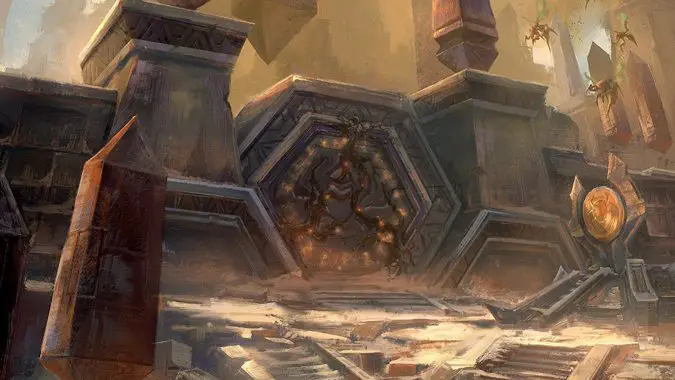
Ahn’Qiraj
One of the most epic storylines came from the deserts of Silithus, thought uninhabited for the majority of classic WoW. Sealed behind the Scarab Wall was an ancient temple crawling with enemies we scarcely understood. But the Qiraji were venturing out from behind that wall, and it earned the concern of the Bronze Dragonflight. They knew what lurked in the depths of Ahn’Qiraj — and it had to be stopped before the Qiraji and the Old God they worshiped consumed the whole of Azeroth.
But first, the Scarab Wall had to be opened. In order to accomplish that, a Scepter had to be reconstructed. Through the course of that reconstruction, we learned about the original War of the Shifting Sands…and Alliance players learned more about Fandral Staghelm. Suddenly, a character that, until that point had been a thorn in player’s sides, was shown in different light. The loss of his son was brutal — no wonder he was kind of a jerk at times. He was still grieving, a thousand years later. It gave a sympathetic edge to a character that was at best abrasive. Alliance and Horde alike also both discovered the whereabouts of Brann Bronzebeard — a mystery up until that point.
And the threat of the Qiraji was a force to be reckoned with, one that could not be dealt with by one faction over the other. For the first time since the Third War, both Alliance and Horde came together into one massive army — the Might of Kalimdor. Together, they stood their ground as the Gates of Ahn’Qiraj were opened, and the Qiraji poured forth in full force. It was a show-stopping, server-wide battle that ended with the Qiraji retreat…and our assault into the Temple of Ahn’Qiraj.
We didn’t know then just how horrifying the Old Gods truly were.
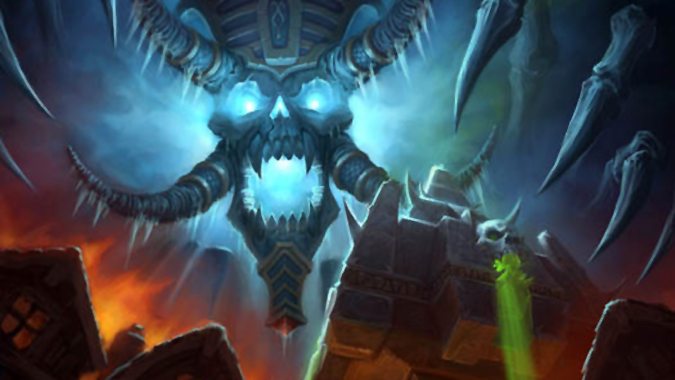
Naxxramas
High above the Eastern Plaguelands, the dread citadel Naxxramas lay dormant for much of classic WoW. But the citadel was merely biding its time while both Argent Dawn and Scarlet Crusade battled the hordes of undead Scourge that lingered in the Plaguelands. Led by Kel’Thuzad, the citadel of Naxxramas was the heart of the Scourge presence in the Plaguelands — the source of the undead plague haunting the ruined hills of Lordaeron for years.
Both Alliance and Horde were welcomed by the Argent Dawn. It was a neutral organization, focused not on factional conflicts, but on the lingering threat of the Scourge. Eventually, between the Argent Dawn’s efforts and the constant attacks from the Scarlet Crusade, Naxxramas’ defenses were weakened enough that players could venture inside. There, they faced the horrors of the Scourge…and Kel’Thuzad himself.
Lore surrounding Naxxramas was particularly interesting. Not everything in the Argent Dawn was on the up-and-up, as players discovered when they returned Kel’Thuzad’s phylactery to Father Inigo Montoy. Montoy was a little too eager to get that thing in his hands — and that plot thread would come back later in the Wrath expansion.
More importantly, casters were tasked with tracking down Atiesh, Greatstaff of the Guardian. The staff once belonged to Medivh, but was shattered into pieces during the destruction of Dalaran in the Third War. And for a few lucky adventurers, a certain blade thought lost to time would be found…
The Corrupted Ashbringer held the spirit of Highlord Mograine, who was not happy with his death at the hands of his son Renault. Taking the blade to Scarlet Monastery resulted in a jaw-dropping lore event in which Mograine finally got his vengeance. As for the blade…it was beyond redemption.
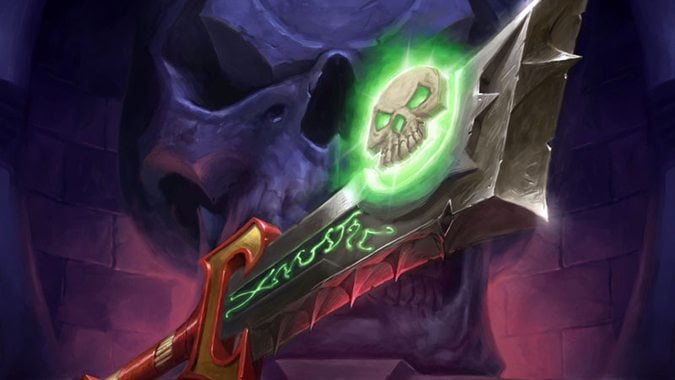
Ongoing tales
The patchwork nature of vanilla raids was much like the leveling experience — a little disjointed. Raids didn’t really have anything to do with each other. But each raid told its own sweeping tale, and in doing so, laid the groundwork for WoW’s ongoing story. Naxxramas returned in Wrath of the Lich King. Our efforts in Blackrock Mountain were met with retaliation in Cataclysm. The Zandalari switched sides and made their return in Mists of Pandaria. And C’thun was just our first glimpse into the horrifying truth of the Old Gods — a threat we’re still dealing with to this day.
Classic WoW may not have been a seamless tale like the expansions that followed. But it was a vital, instrumental part of making WoW what it is today. These tales of old may not be the most elegantly told, but they represent a solid foundation of story that’s still being woven thirteen years later, beloved by millions and enchanting all the same.
Please consider supporting our Patreon!
Join the Discussion
Blizzard Watch is a safe space for all readers. By leaving comments on this site you agree to follow our commenting and community guidelines.
 @Shadesogrey
@Shadesogrey



